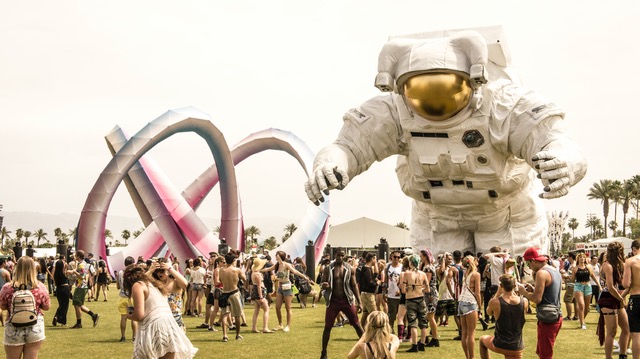Music festivals are an opportunity for fans to experience live performances from their favorite artists and discover new ones. From Coachella to Ultra Music Festival to Lollapalooza to EDC Las Vegas, music festivals bring together thousands of people for a weekend of non-stop entertainment. But behind the scenes, there is a dedicated team of professionals who work tirelessly to make the dream come alive. These are the backstage crew members who handle the backline, audio, staging, audio-visual, DJ equipment, and sound. We’ll take a closer look at the role of the backstage crew in making music festivals a reality.
Backline: The backbone of any performance
The backline is the backbone of any performance and includes all the equipment that an artist needs to perform. From guitars and basses to keyboards and drum kits, the backline is essential for ensuring that artists have what they need to give their best performance. This is where the backline technicians come in. They work to ensure that all the equipment is set up properly, in tune, and ready for use. They also troubleshoot any issues that may arise during a performance, making sure that the show goes on without a hitch.
Audio: Bringing the sound to life
The audio team is responsible for bringing the sound to life. From setting up and tuning the PA system to mixing the sound for each performance, the audio team plays a critical role in making sure that the audience can hear every note and beat. This team includes audio engineers, mixers, and technicians who work to ensure that the sound is balanced, clear, and at the right level for each performance. They also work closely with the artists and their sound engineers to make sure that their sound is the best it can be.
Staging: Creating the stage for the performance
The staging team is responsible for creating the stage for each performance at a music festival. This includes setting up the stage, rigging the lights, and making sure that everything is in place for each performance. The staging team is made up of carpenters, electricians, and riggers who work together to make sure that the stage is safe, stable, and ready for the artists. They also work closely with the production team to make sure that the stage is set up to meet the specific needs of each artist.
Audio-Visual: Adding visual effects to the performance
The audio-visual team is responsible for adding visual effects to the performance, making it an even more immersive experience for the audience. This team includes lighting designers, video technicians, and special effects specialists who work together to create a visual experience that is in sync with the music. They work to create a visual spectacle that complements the performance, making the music festival experience even more memorable.
DJ Equipment: The tools of the trade
DJs play a big role in the music festival experience. The DJ gear, including turntables, mixers, and effects processors, making sure they have what they need to create that perfect moment of hype when the crowd goes wild.
Sound: The final piece of the puzzle
The sound team is responsible for the final piece of the puzzle, making sure that everything comes together. This team includes sound technicians who work to balance and mix the sound, ensuring that the audience can hear every note and beat, making for a truly immersive experience.
The backstage crew is an essential part of making the dream come alive. From backline to audio, staging to audio-visual, DJ equipment to sound, these dedicated professionals work tirelessly to make sure that each performance is a success. They are the unsung heroes of the music festival experience, and without their hard work, the shows would not be possible. So, the next time you attend a music festival, take a moment to appreciate the backstage crew and all that they do to make the experience possible.

